27 glittering facts you never knew about gold
25 October 2016
The wonderful world of fine gold
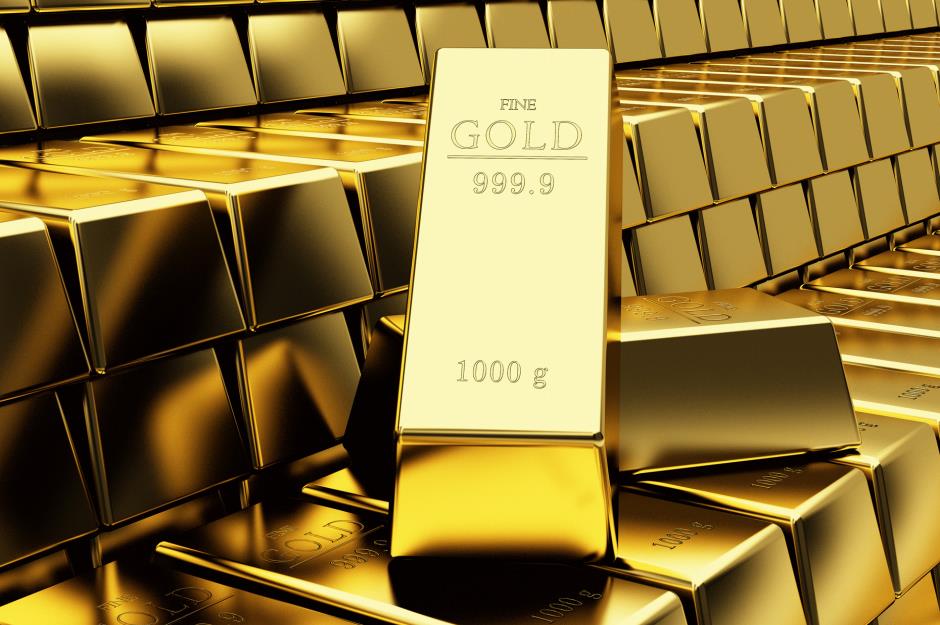
Shutterstock.com
It's a precious metal that has been desired by people all over the world throughout history since it was first discovered. Read on to find out some amazing facts about gold.
The price of gold
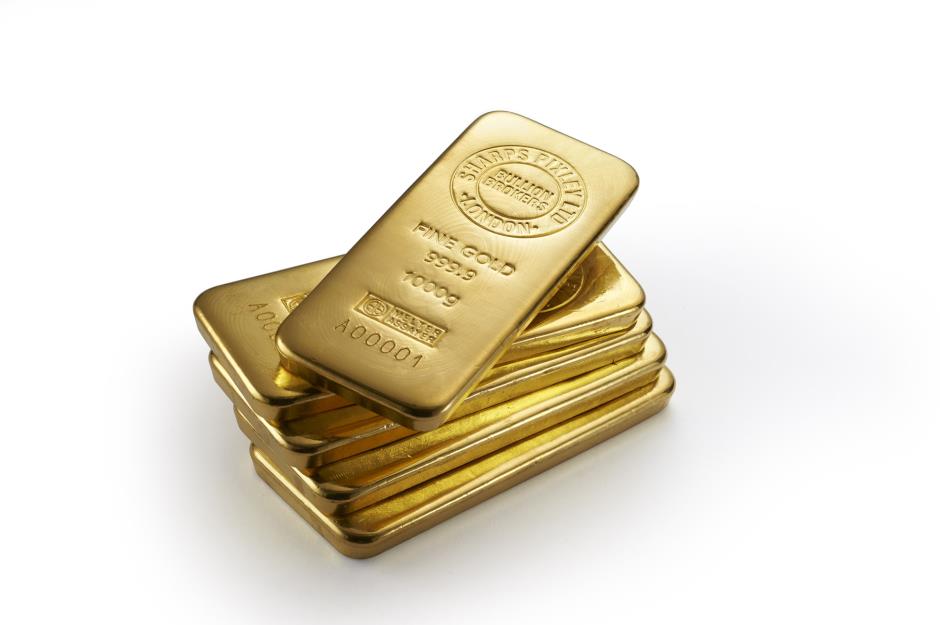
Sharps Pixley
Buying gold can set you back anything from £40 for 1g of 99.95 pure gold to £408,000 for a ‘market bar’, which is 400oz of 99.95% pure gold.
Gold doesn’t age
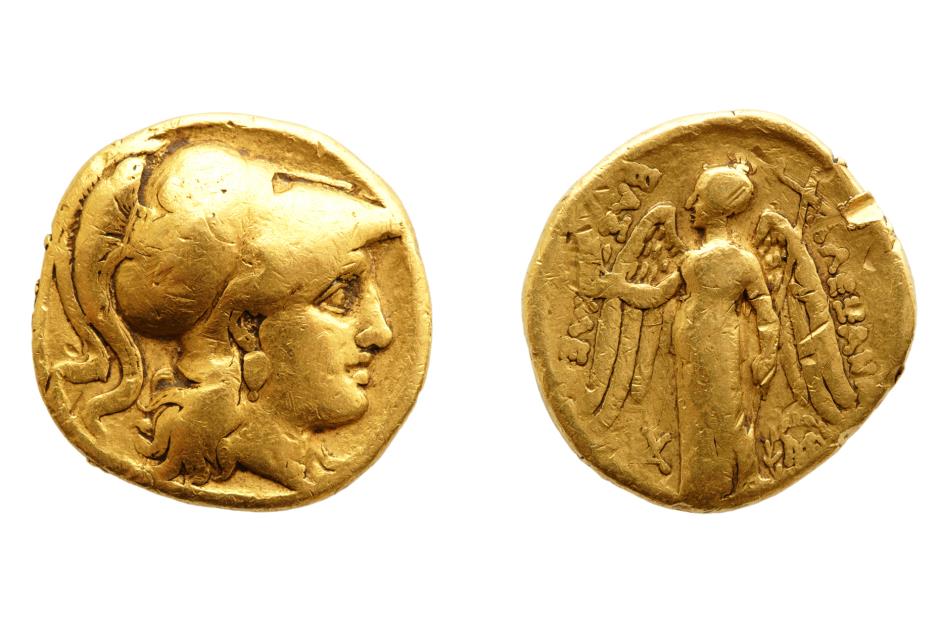
Shutterstock.com
Gold is known as a noble metal because it’s not corrupted by other things. Ross Norman, CEO at London gold dealer Sharps Pixley, says: 'Gold doesn’t tarnish. If you dug it out of the ground, it looks identical to the way it did 2,000 to 3,000 years ago before it went into the ground’.
Where did it come from historically?

Shutterstock.com
There have been many accounts throughout history as to when/where gold was first found. The existence of gold has been known for over 5,500 years – dating all the way back to Asia Minor (modern-day Turkey) around 6000BC. It was first found in its natural state in streams all over the world as shining, yellow nuggets. Now that’s a precious currency!
Where does the term bullion come from?
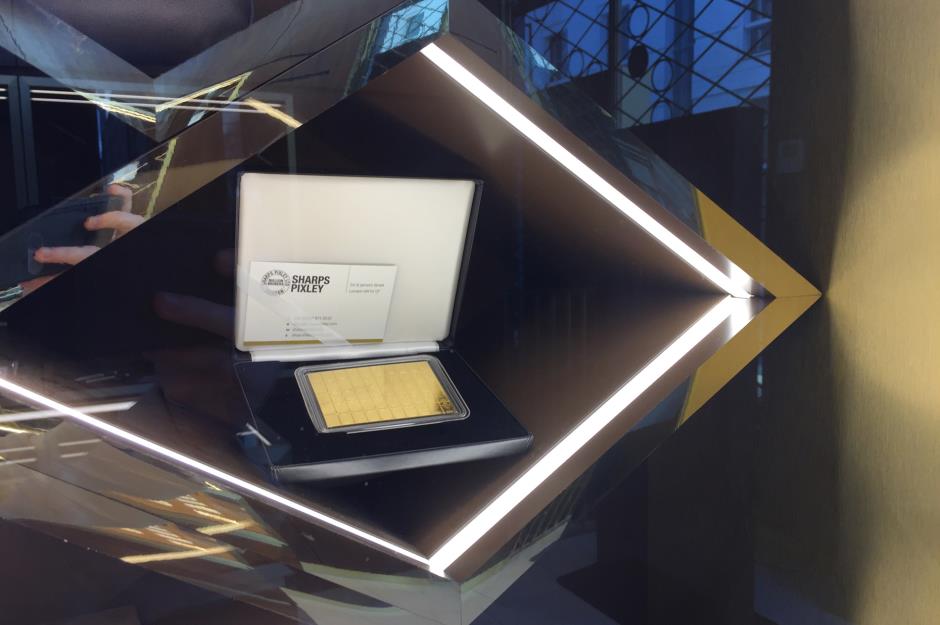
Niamh Ollerton/ loveMONEY
The word bullion was said to have been first coined in the Middle Ages and likely derives from the old French word 'bouillon'. The value of bullion is determined by the value of its precious metal content, which is defined by its purity and mass.
Gold has its own fingerprint
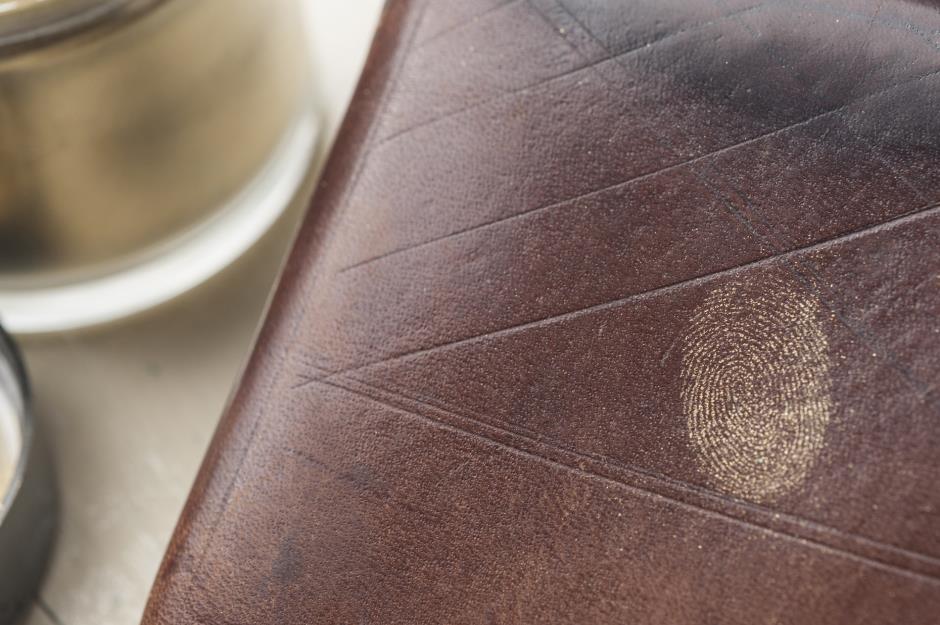
Shutterstock.com
As with human beings, gold has a fingerprint, which means it would be possible to identify it/trace it back to its original mine, if you knew the combination of elements.
It’s impossible to trace gold back to its original source
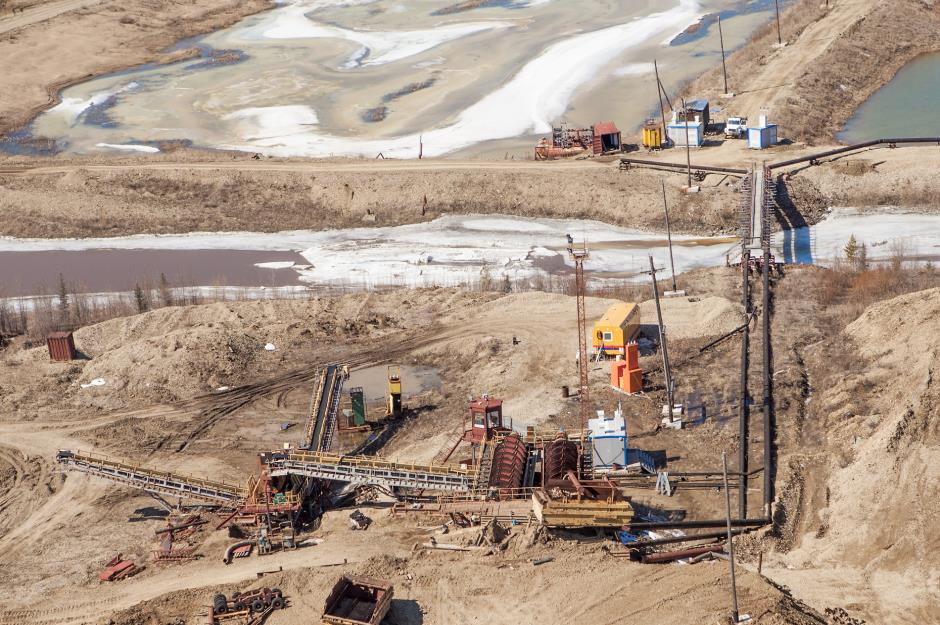
Shutterstock.com
Unfortunately, the mining process of gold sees all golds and other metals mixed together before being cast, so you’re unable to trace it back to an original mining source. It adds an air of mystery, doesn't it?
The gold supply chain
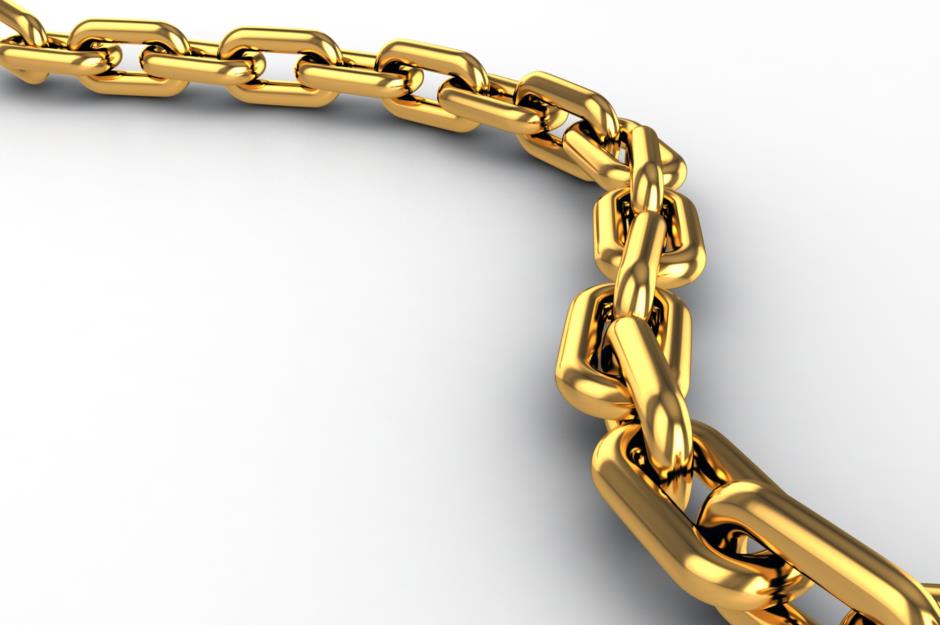
Shutterstock.com
The gold supply chain runs from the gold miner in an open pit mine in locations such as South America, then it goes to refiners (the world's number one and number three gold refineries are based in Switzerland) and the process is followed through until the bullions are created.
The number one nationality buying gold

Shutterstock.com
The number one country buying gold is China with purchases up by 10% this year.
The second largest national buyer is going off gold

Shutterstock.com
India buys the second largest amount of gold, but Ross Norman says: “This is a big story in the world of gold as their sales are down 60%." India was the world’s biggest gold consumer, but the Indian government has chosen to move away from gold investments and is looking towards other assets.
Gold vs cash

Shutterstock.com
And of course the value of gold fluctuates too. In the last 10 years the price of gold has roughly doubled from around £15,624 a kilogram in 2006 to around £32,892 a kilogram in October 2016.
A safe haven
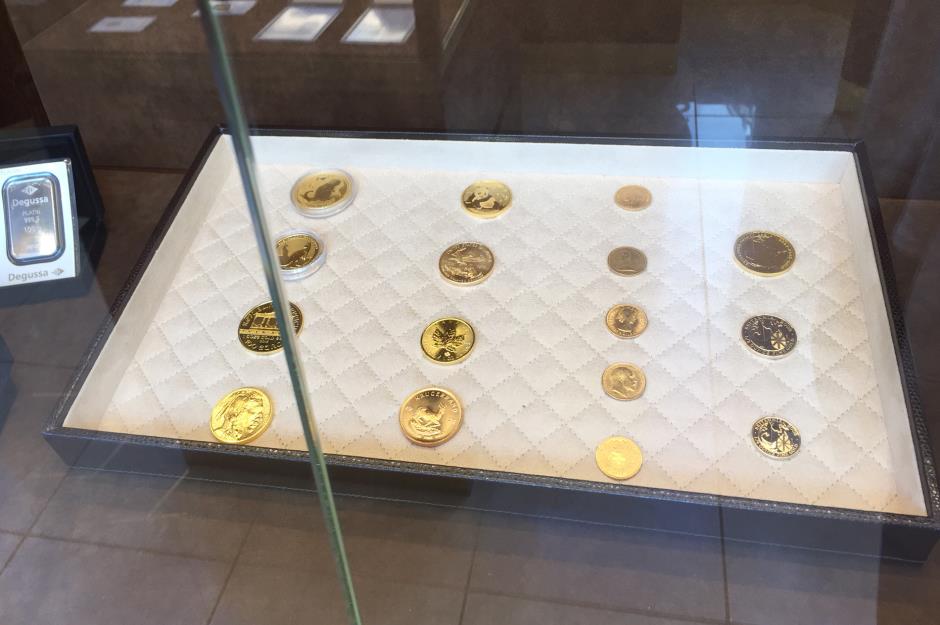
Niamh Ollerton/ loveMONEY
People rush to buy gold in times of financial uncertainty as it's seen as a 'safe haven'. So when you see stories about gold sales increasing it usually means people are spooked.
How do gold bullion premiums work?
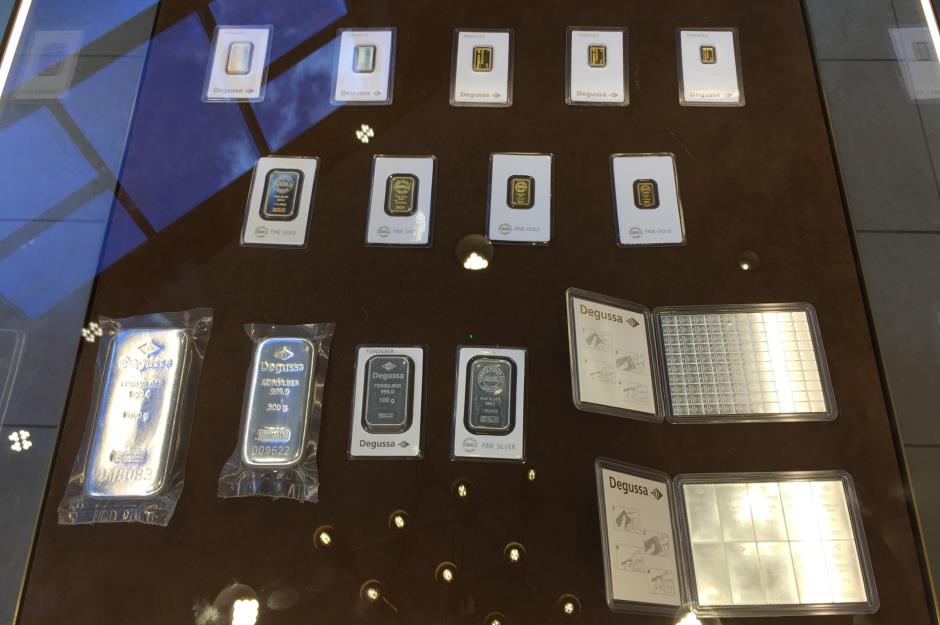
Niamh Ollerton/ loveMONEY
A bullion premium is the additional price charged to a bullion product over its spot price (current price per ounce exchanged on global commodity markets). According to visualcapitalist.com, calculating bullion premiums depends on five key factors: supply and demand; the volume of bullion offered or bid upon; the bullion seller’s objectives; the type of bullion products being sold; and local, national and global economic conditions.
Gold bars are cheaper then coins

Sharps Pixley
Larger gold bars such as 10 ounce, kilogram (32.15 oz), and 400 ounce gold bars can be bought for a smaller fee over the spot price of gold. Essentially, as you're buying in bulk, the added premium is reduced.
Why is the premium higher on small gold coins?
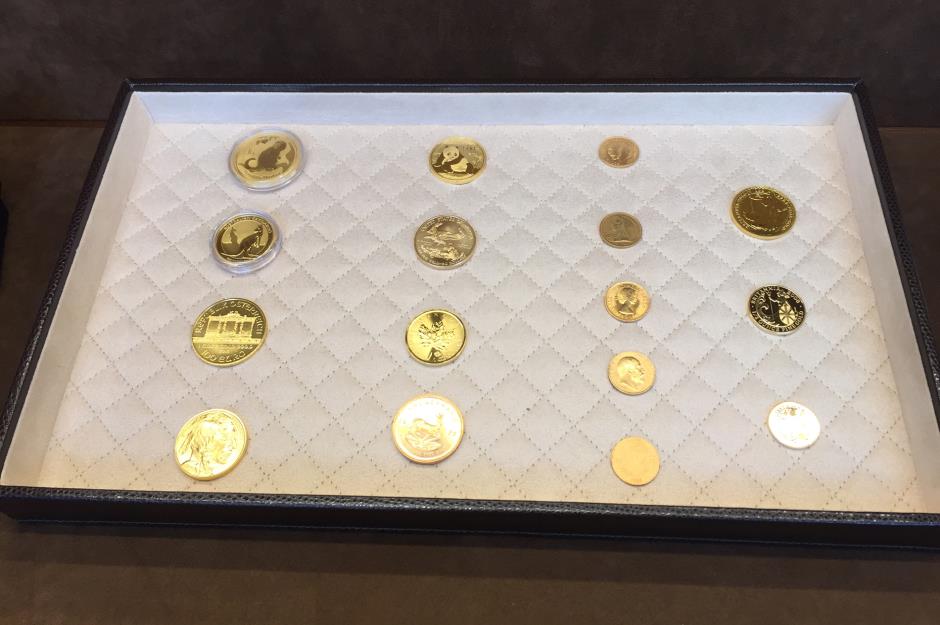
Niamh Ollerton/ loveMONEY
Bullion coin premiums are higher than an ounce bar premium because of simple economics. A little like printing there is a fixed and variable cost – if you make a small production of small denominations then it follows that the unit cost (or premium per bar) will be higher.
Global assets under management
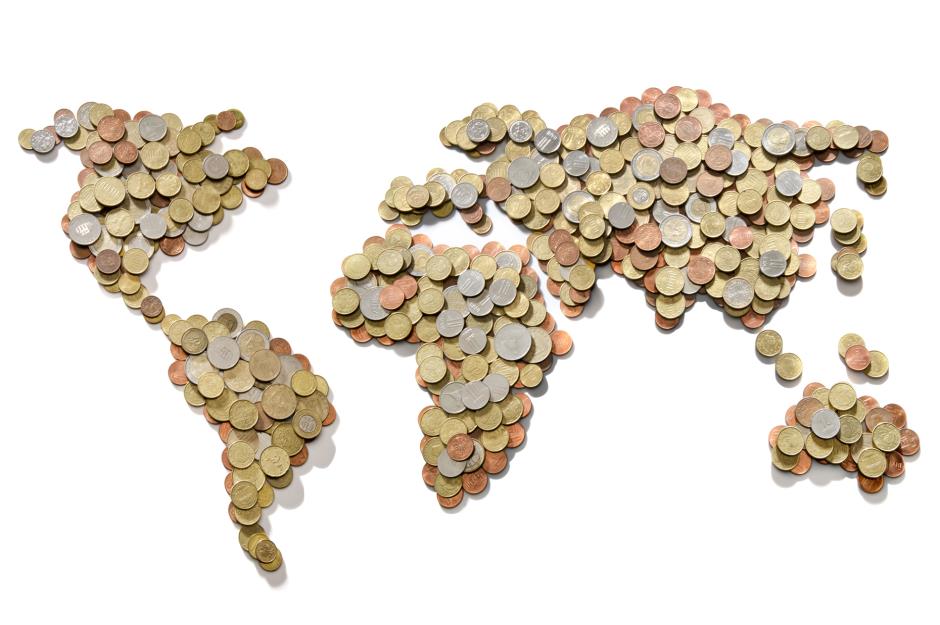
Shutterstock.com
Gold is a bit of a minority sport – making up just 0.5% of global assets under management.
How to test gold
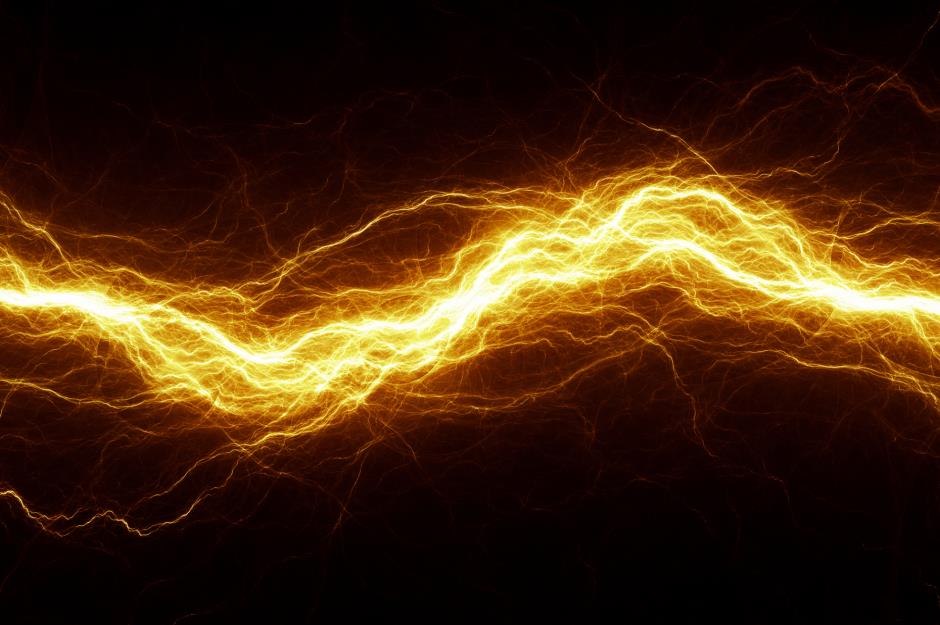
Shutterstock.com
There are multiple methods of testing gold. The most commonly used method is to pass an electrical current through the bar. If it’s been tampered with it would get a very different signature reading than a pure bar.
How to test gold part 2
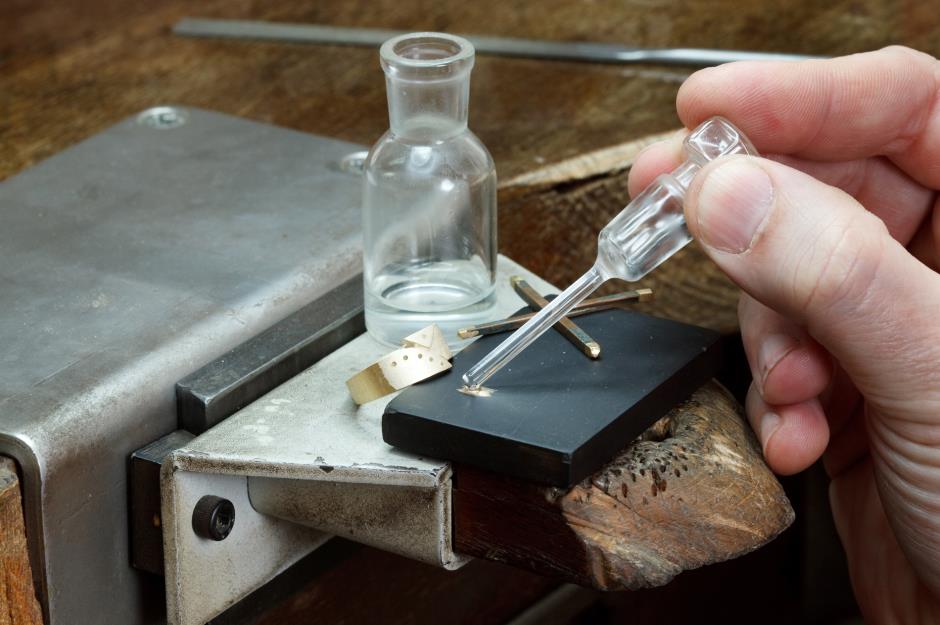
Shutterstock.com
The acid test. This test is simple and effective, but we recommend not using this test on gold you will sell for aesthetic value aka gold jewellery. Simply drop one or two drops of nitric acid, hydrochloric acid, or sulphuric acid onto the gold item. If there is no reaction to the acid, you're probably handling the real deal. If there is a reaction to the acid, then the item is more than likely gold-plated or might contain a small quantity of gold.
How to test gold part 3
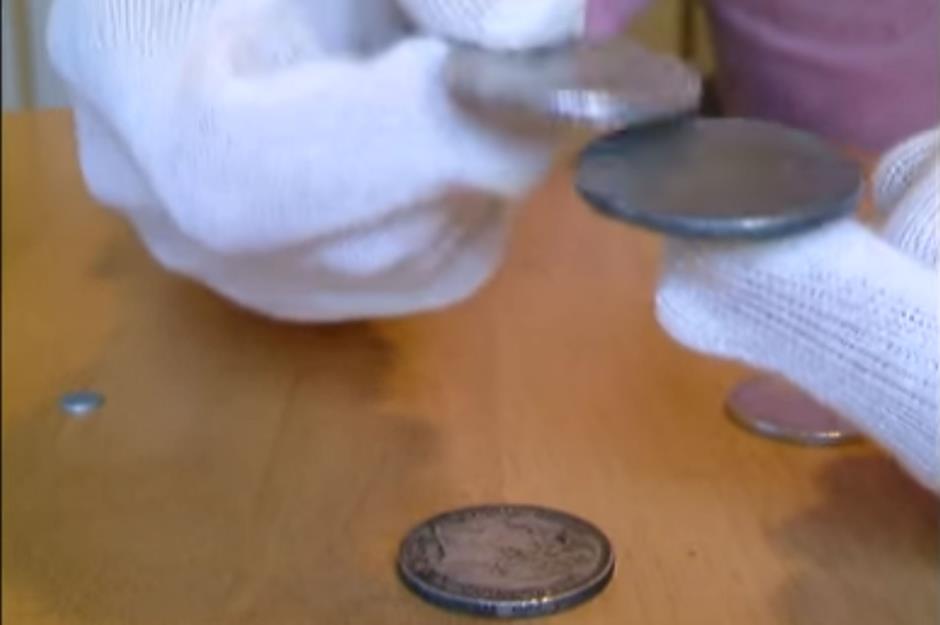
YouTube/ Silver Maple Leaf
The ping test: an authentic gold coin chimes in a certain way when struck – where an after sound of sorts can be heard – and the difference is notable versus base metals.
How to test gold part 4
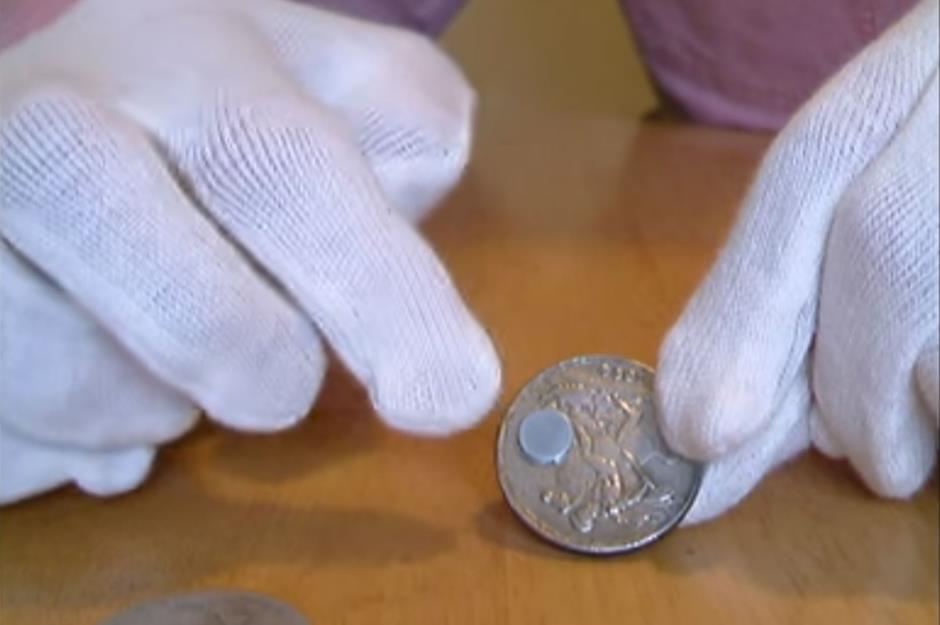
YouTube/ Silver Maple Leaf
There’s also the magnet test. If you didn't already know, gold is non-magnetic, and by using a strong magnet over the coin such as a neodymium magnet, you should be able to tell if you're handling the real deal. Hold the coin at 45 degrees. If the coin is genuine, the magnet will gently slide off the coin down to the bottom.
Could the Brinx Mat Gold Bullion robbery be repeated?
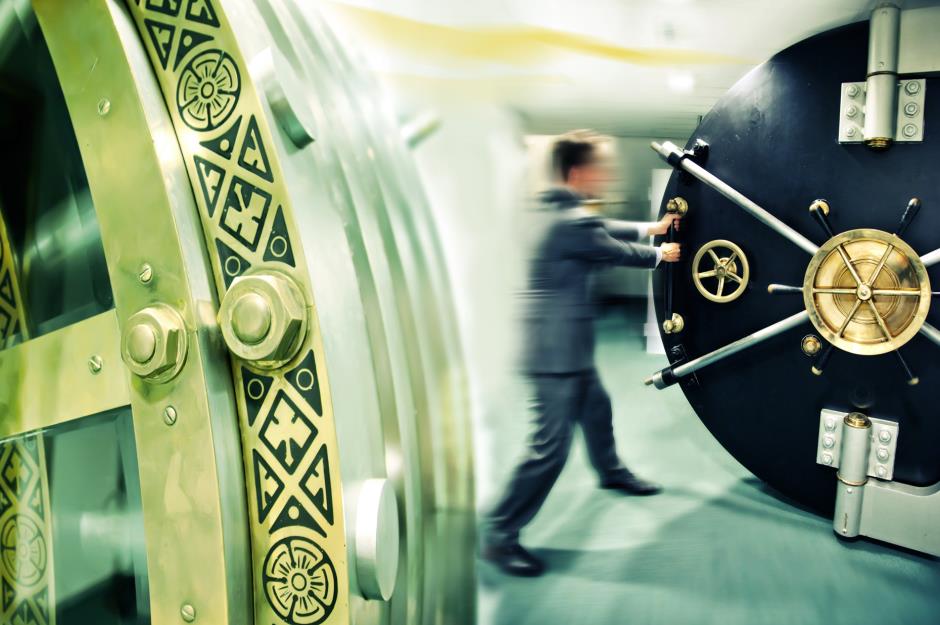
Shutterstock.com
In 1983, six robbers broke into a warehouse in Heathrow to steal cash but discovered three tonnes of bullion. So they made away with cash, gold bullion and diamonds worth £79 million in today's currency. Ross said: “In the current day and age it’s very difficult to get away with crimes, because of vigilance, because of compliance, because of regulation, so if there is anything out there that is untoward, we would know it and we would spot it.”
How do you spot it you ask?
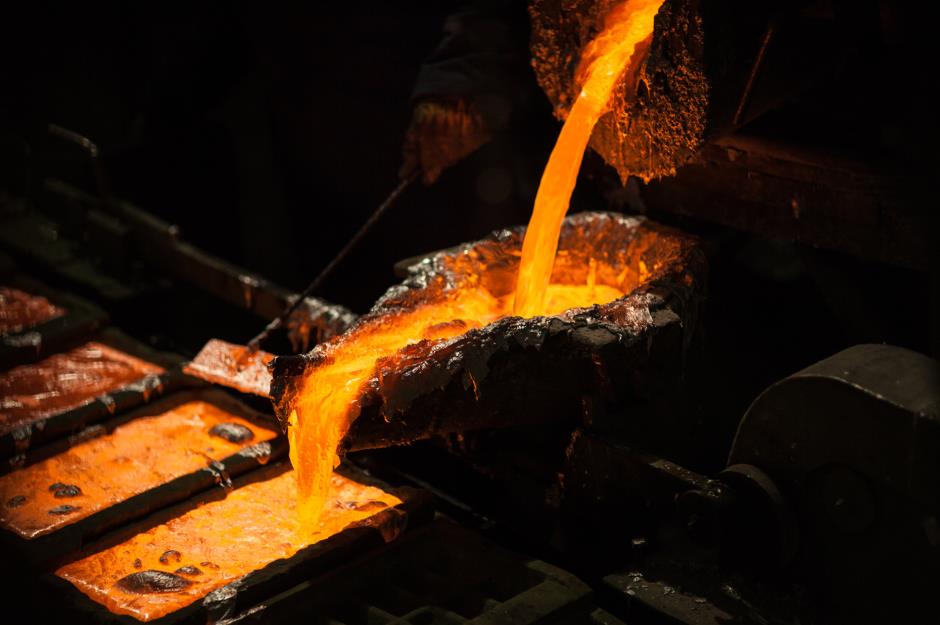
Shutterstock.com
The Brinx Mat robbers melted down the gold with bicycle metal to try to disguise it and sell it as scrap. This wouldn't work, as scrap also has a signature, as it’s got certain copper contents. Ross said: “We know what jewellery scrap looks like. When something comes to you that’s a gold bar, which is melted down with a bicycle and other stuff you think ‘what the hell is this?’” So, gold jewellers, brokers and professionals will save you from the scammers!
How is it stored?

Lyndon Douglas
Now when it comes to protecting your gold, you have a few options. If you have arrangements at home, for example your own safe, then that’s great! But not everyone is so prepared.
Snug as a bug

Lyndon Douglas
You could store your valuables in safety deposit boxes like this one at Sharps Pixley for £250 a year, or if you have investments worth over £150,000, you could keep it in the company vault. Now that's safe keeping! This shows how safely your gold could be tucked away in its own little security box (pictured). Protecting your precious metals has never been so easy.
Country with third largest gold reserves

Shutterstock.com
Over the years, Italy has maintained its level of reserves. To be precise, Italy has 2,451.8 tonnes of gold reserves, making up 68% of foreign reserves. Understanding the role gold plays in the central banks portfolio, the former Bank of Italy governor said the metal was "a reserve of safety", as it gives a good protection against the rise and fall against the dollar.
Country with second largest gold reserves
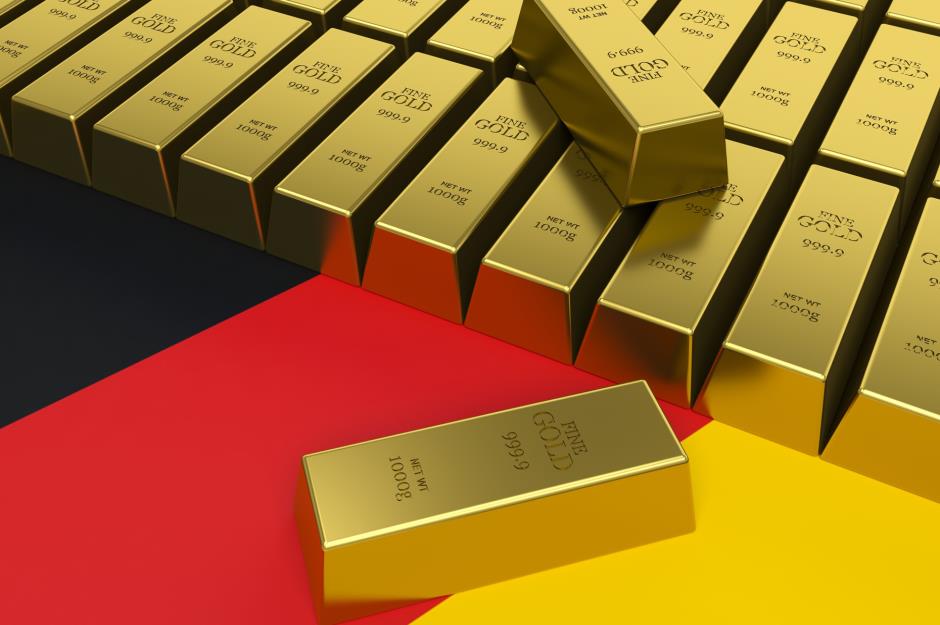
Shutterstock.com
Germany is looking to repatriate gold from foreign locations such as Paris and New York. But with 3,381 tonnes of gold reserve, and 68.9% of foreign reserves, Germany isn't too short on the precious metal.
Country with largest gold reserves
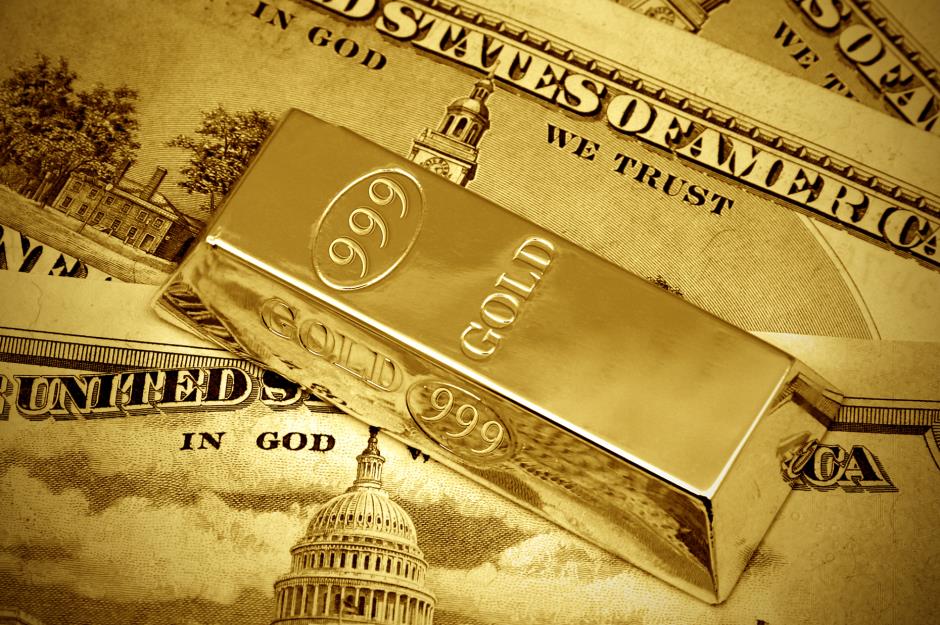
Shutterstock.com
And the winner is...America of course! The U.S. has the largest holding of gold in the world (with almost as much gold as the subsequent countries combined) with 8,133.5 tonnes. And do you know where a majority of the U.S. gold is held? Find out in the next slide...
Fort Knox

AP/ Press Association Images
Although according to Donald Trump, America does "not have the gold," Fort Knox in Kentucky holds the majority of U.S. government gold. The remainder is held at the San Francisco Assay Office, the Philadelphia Mint, Denver Mint and West Point Bullion Depository. In fact, Fort Knox is so important, here we can see Franklin D. Roosevelt (pictured) leaving the building after seeing the stacked gold bullion secured in the vaults. Can you imagine that view?
Comments
Be the first to comment
Do you want to comment on this article? You need to be signed in for this feature